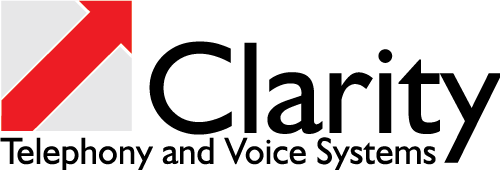Connection to CRM
and ERP software
Integration
Due to the openness and the many available interfaces (SDK, ControlAPI, REST, SOAP, ODBC, TAPI), integrations and interactions with CRM, ERP and ticket systems can be realized at any time. Caller identification allows targeted customer screens to be opened while the call is still signalling (when the phone rings). Outgoing calls can also be started from a customer mask.
-
- Call alert
- Call connected
- Hotline call connected
- Call forwarded by subscriber
- Participant free
- Call connected (forwarded call)
- Call connected (call not forwarded)
Connection of an address book
Many Clarity customers have large customer databases. In the age of mobile devices, the data should also be available on smartphones and tablets. By connecting databases as an address book, it is possible to search and use this data on all clients of the Clarity Communication Center. The Clarity Mobile Client has access to this data and automatically provides you with a data protection compliant variant. This allows you to use all data on BYOD (Bring Your Own Device) devices as well, since the data is not stored in the phonebook of the mobile device. This prevents other applications from accessing your valuable corporate data.
Documentation of calls in CRM systems
By means of the SDK, the ControlAPI and the TAPI driver it is possible to transfer actions in CRM systems for the purpose of communication documentation or even to integrate call control into these tools. In this way, a wide variety of systems, such as customer-owned CRM systems or SAP cloud-for-customers, are connected to provide users with an easy and quick overview of past customer communications.
Caller distribution through data from a CRM
By integrating the database or SOAP interface within the callflows, it is possible to automatically assign a calling customer to an employee group through the CRM. In addition, the customer’s personal contact person can be determined and the call can be transferred directly to them. Users are able to control caller distribution for their own customers without having to configure the Clarity Communication Center. By means of the SOAP interface, user authentication can be implemented on the phone.
A frequent use case is the search for small, medium and large customers via hotline.
Open database for diverse integration
The Clarity Communication Center uses a total of four databases based on Microsoft SQL Server for data storage. As an open system, Clarity customers are provided with the description of the database. Therefore, all data, from settings to individual calls, can be queried using SQL. This enables versatile integration into other applications.
Workforce management systems can be easily queried about call volume. This means that planning is always carried out with the most up-to-date data and forecasting is simplified, as time-consuming import and export routines are no longer required. Likewise, a business intelligence system can be supplied with data.

